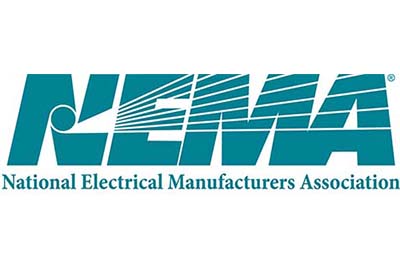NEMA Publishes Two New Standards on Electrical Submeters

Feb 20, 2020
The National Electrical Manufacturers Association (NEMA) published NEMA ESM1-1 2019 Electrical Submeter—General Requirements and NEMA ESM1-2 2019 Electrical Submeter—Active Energy Accuracy. NEMA ESM1-1 covers general metrological requirements (accuracy) and associated testing for electrical energy submeters detailing energy use. NEMA ESM1-2 covers metrological requirements and associated testing for AC meters rated at not more than 1,000 V that measure active energy used in electrical energy submetering applications.
“In developing the first Standards for metrological certification of electrical submeters, NEMA started from the basics of ANSI C12 Standards governing utility meters and created specifications exclusively for electrical submetering applications,” said Henry Alton of Triacta Power Solutions and Chair of the NEMA Electrical Submeter Section. “These new Standards cover accuracy requirements for active energy as well as environmental performance requirements. Using a wealth of industry experience, the NEMA Electrical Submeter Section spent three years creating these performance specifications monitoring electrical energy.”
“These Standards apply to stand-alone meters and metering systems comprised of meters, associated sensors, and communications accessories,” added Alton. “ESM1 requirements are written in a concise, self-contained fashion. Electric submeters designed and built to meet ESM1 specifications can be used with confidence that they meet the accuracy requirements of today’s data-driven environment.”
These Standards are designed to be used by professional engineering firms as well as local, state, and federal regulators.
NEMA ESM1-1 2019 and NEMA ESM1-2 2019 are each available for $64 in hard copy and as an electronic download at no cost.









![Guide to the Canadian Electrical Code, Part 1[i] – A Road Map: Section 52 — Diagnostic imaging installations](https://electricalindustry.ca/wp-content/uploads/2022/11/Guide-CE-Code-2.png)






